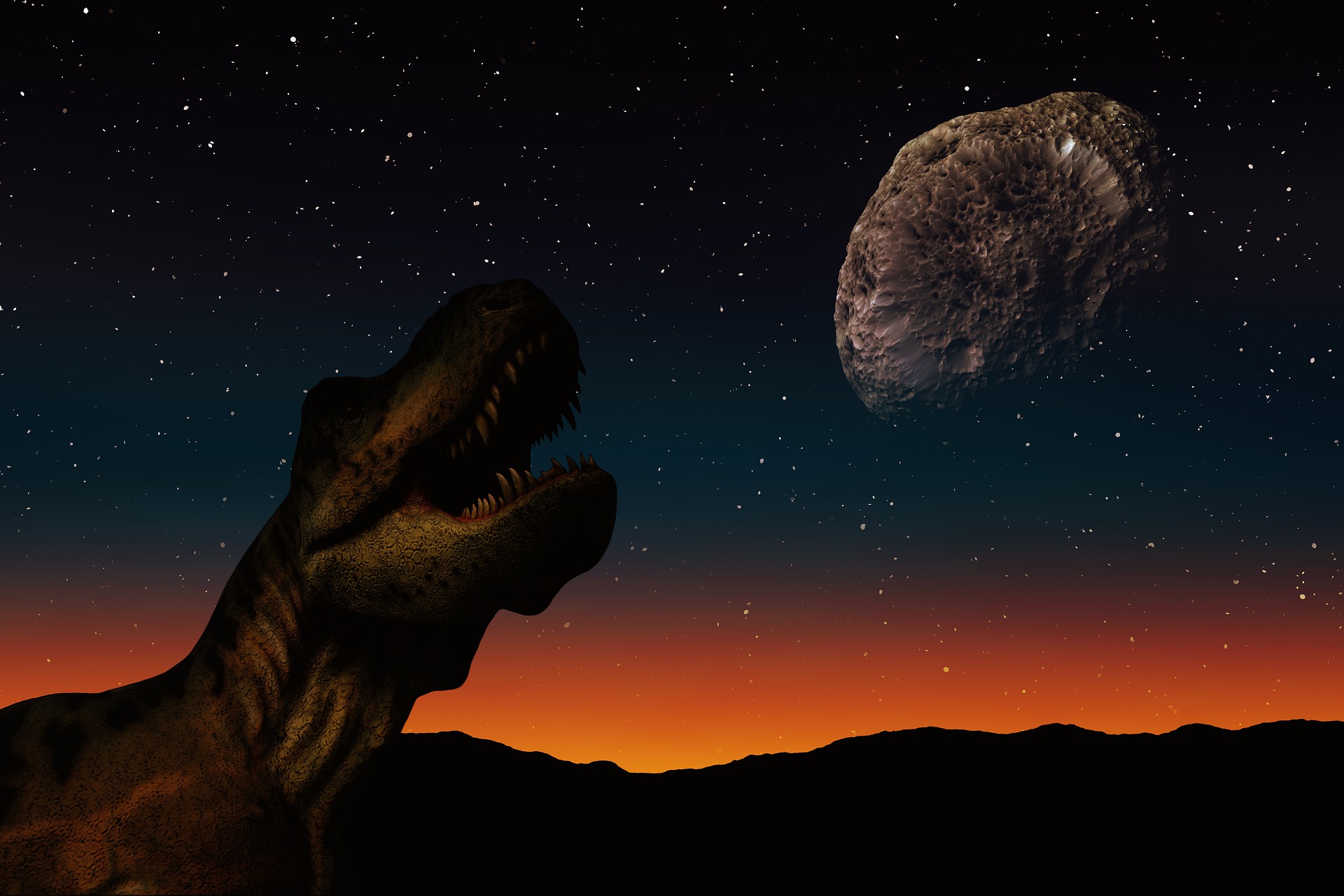Curiosity sends pictures of shining Martian clouds

Image Credit: JPL/NASA
Mars Curiosity rover has sent pictures of shining Martian clouds viewed in the Martian sky. NASA says the science team is studying the clouds. They arrived earlier and formed higher than expected, to learn more about the Red Planet.
According to NASA, cloudy days are rare in the thin, dry atmosphere of Mars. Clouds are typically found at the planet’s equator in the coldest time of year, when Mars is the farthest from the Sun in its oval-shaped orbit. But one full Martian year ago, scientists had noticed clouds forming over NASA’s Curiosity rover earlier than expected. One Martian year is about two earth years.
The images of wispy puffs filled with ice crystals that scattered light from the setting Sun, some of them shimmering with color. Scientists say It is more than just spectacular displays. Such images help scientists understand how clouds form on Mars and why these recent ones are different.
It is already a new discovery that the early-arrival clouds are at higher altitudes than is typical. Previous assumption was that most Martian clouds hoverd no more than about 37 miles (60 kilometers) in the sky and were composed of water ice. But it is interesting that the clouds Curiosity has imaged are at a higher altitude, where it’s very cold, indicating that they are likely made of frozen carbon dioxide, or dry ice.
Scientists say they look for subtle clues to establish a cloud’s altitude, and it will take more analysis to say for sure which of Curiosity’s recent images show water-ice clouds and which show dry-ice ones.
In the image, viewed just after sunset, their ice crystals catch the fading light, causing them to appear to glow against the darkening sky. As mentioned by NASA, these twilight clouds are also known as ‘noctilucent’ (Latin for ‘night shining’) clouds, grow brighter as they fill with crystals, then darken after the Sun’s position in the sky drops below their altitude. This is just a useful clue scientists use to determine how high they are.
Mark Lemmon, an atmospheric scientist with the Space Science Institute in Boulder, Colorado said that that even more stunning were iridescent, or ‘mother of pearl’ clouds. Lemmon further said, ‘If you see a cloud with a shimmery pastel set of colors in it, that’s because the cloud particles are all nearly identical in size’, and ‘that’s usually happening just after the clouds have formed and have all grown at the same rate’.
Astronomers state that those clouds are among the most colorful things on the Red Planet. They add If you were skygazing next to Curiosity, you could see the colors with the naked eye. However, the colours they’d be faint.
Source: NASA


